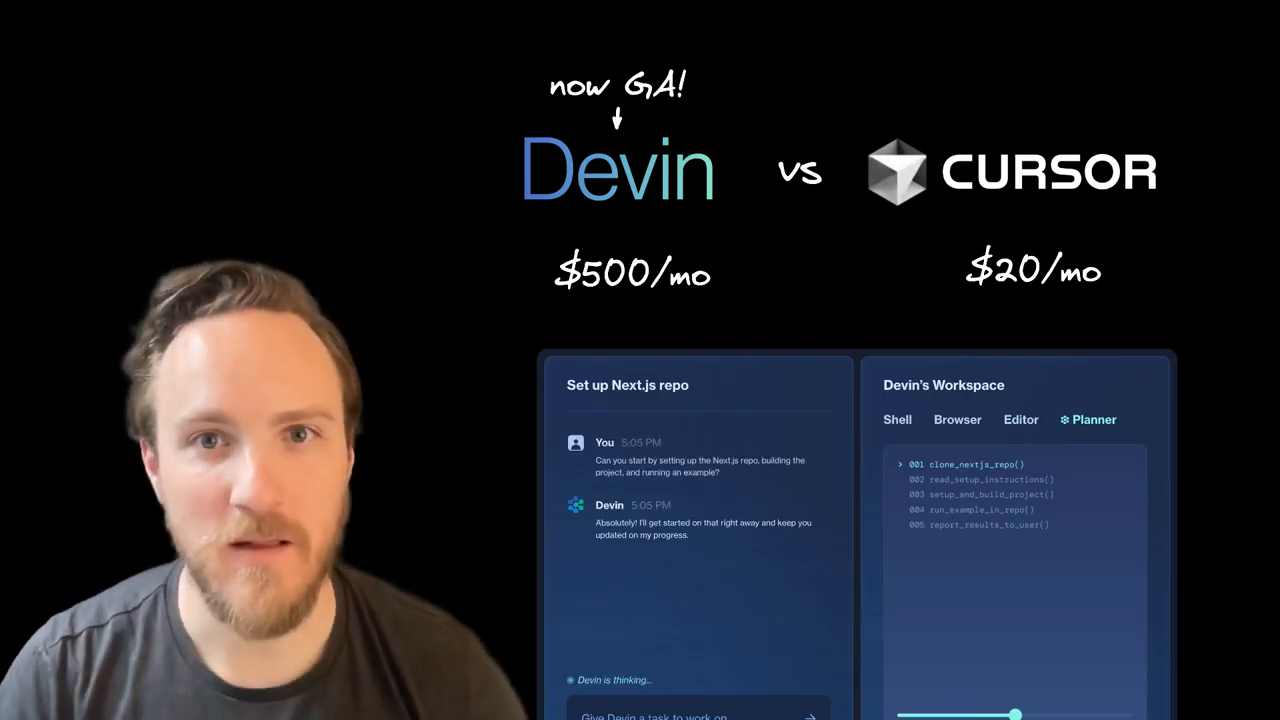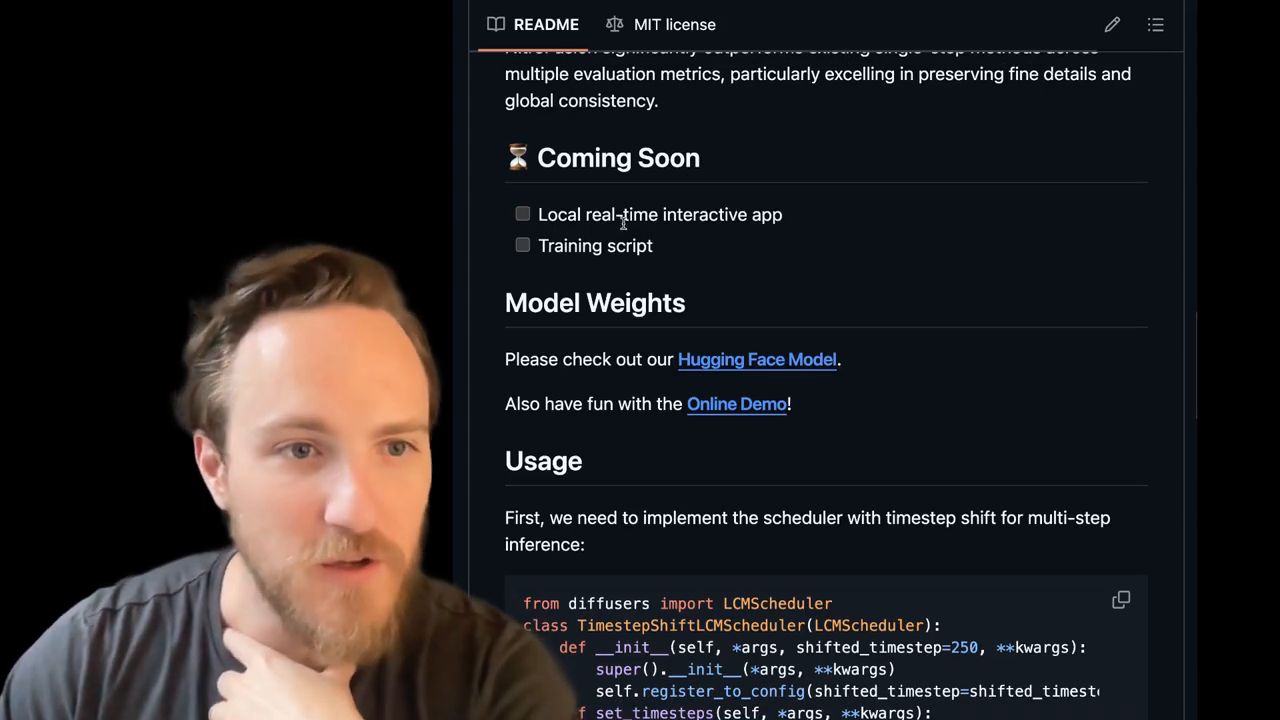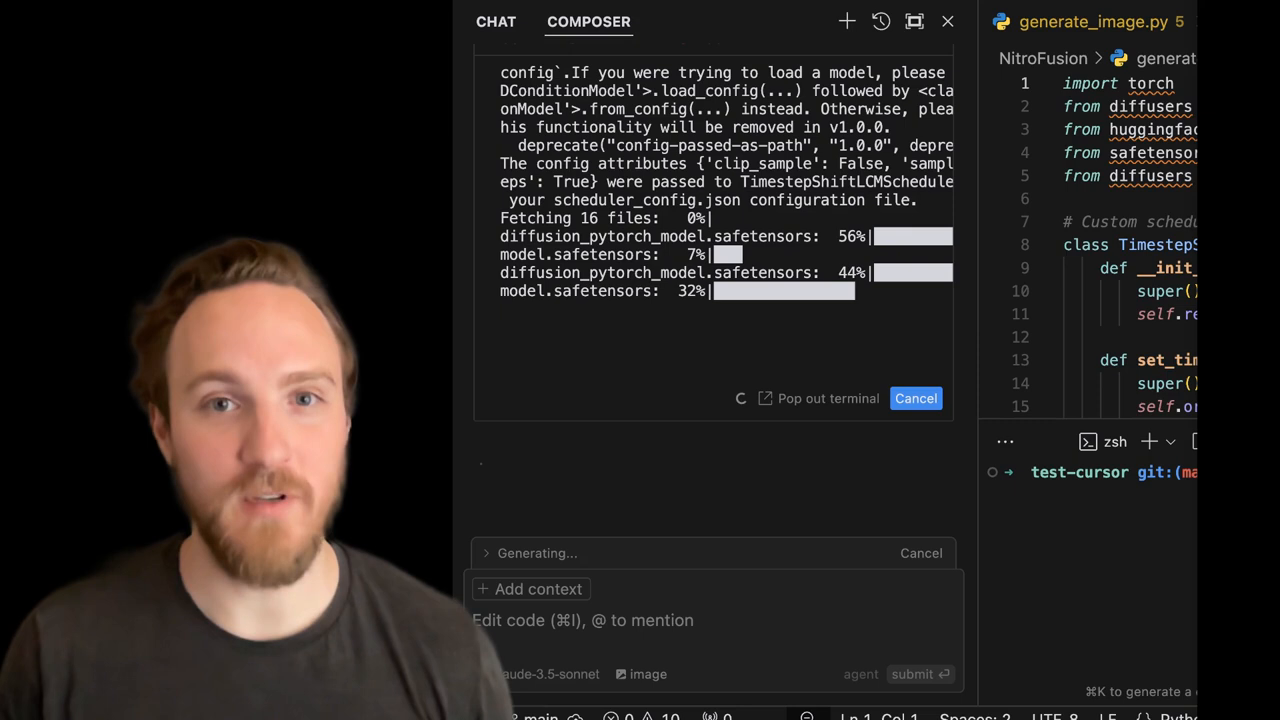Devin vs Cursor: A Comprehensive Review
Devin and Cursor are two AI coding agents that have been gaining popularity in the software development industry. In this article, we will delve into the features and capabilities of both agents, highlighting their strengths and weaknesses, and ultimately determining which one is worth the investment.
Introduction to Devin
Devin is a Slack-based workflow that allows users to tag and ask for updates, fixes, and other tasks. It includes a remote server, browser, VS Code editing interface, planner, and the ability to follow along step by step to see what it did and what it's doing. The user paid $500 a month to use Devin and compared it to Cursor agents to see if it's worth the $2 billion dollar valuation.
 Devin's primary interface is a Slack-based workflow
Devin's primary interface is a Slack-based workflow
Devin's Capabilities
Devin creates plans, writes code, finds bugs, corrects code, and even runs its own end tests to verify it works. It also responds to feedback if issues are found and attempts to address them. Devin takes notes and stores them in a notes.txt file to refer back to and use in subsequent prompts. It also creates knowledge entries, which are like bits of information that could be useful to refer back to in subsequent runs.
Using Devin
The user asked Devin to update something and fix something, and it worked on the task. The user then asked Devin to generate an image of a cat, and it was able to do so. However, when the user asked for four more images of a dog riding in a hot air balloon, the results were not as expected. The user also asked Devin to create a local, real-time, interactive app, and it began spinning things up and sending updates.
 Devin generating images of a cat and a dog
Devin generating images of a cat and a dog
Devin's Limitations
Although Devin is impressive, it has some limitations. The user had a few bugs along the way, but nothing that couldn't be worked around. However, when the user asked Devin to fix a bug and implement a backend feature, it created a PR that was decent but not perfect. Devin also sometimes creates knowledge entries that are not needed, and it can be slow to respond to feedback.
Introduction to Cursor
Cursor is an AI coding agent that allows users to work iteratively with it and other teammates. It can scan the codebase and find relevant files, adding them to the context without manual intervention. The user tried Cursor agents to fix a client-side routing bug and was able to get the desired results.
 Cursor's interface is more intuitive and easier to use
Cursor's interface is more intuitive and easier to use
Cursor's Capabilities
Cursor is generally more cautious than Devin, asking for permission before running any commands. It can scan the codebase, update multiple files, and not make the user worry about the details. Cursor also provides real-time feedback and hand modifications, allowing the user to commit and send a pull request as needed.
Using Cursor
The user tried a more agentic workflow with Cursor, cloning an image generator model repo and asking it to generate an image. Although the model was meant for a GPU and not a laptop CPU, Cursor was able to generate the image fine. However, the user's computer froze before they could show the final result.
Comparison of Devin and Cursor
Both Devin and Cursor have their strengths and weaknesses. Devin is more expensive, with a $500-a-month starting point, while Cursor is more affordable. Devin is also more asynchronous, with a focus on remote servers and Slack-based workflows, while Cursor is more iterative, with a focus on local development and real-time feedback.
 Comparison of Devin and Cursor
Comparison of Devin and Cursor
Conclusion
In conclusion, while both Devin and Cursor are powerful AI coding agents, the user prefers Cursor's incremental approach and iterative workflow. Devin's asynchronous approach and high cost make it less appealing, although it is still a viable option for those who prefer a more remote and Slack-based workflow. Ultimately, the choice between Devin and Cursor depends on the user's preferences and needs.

